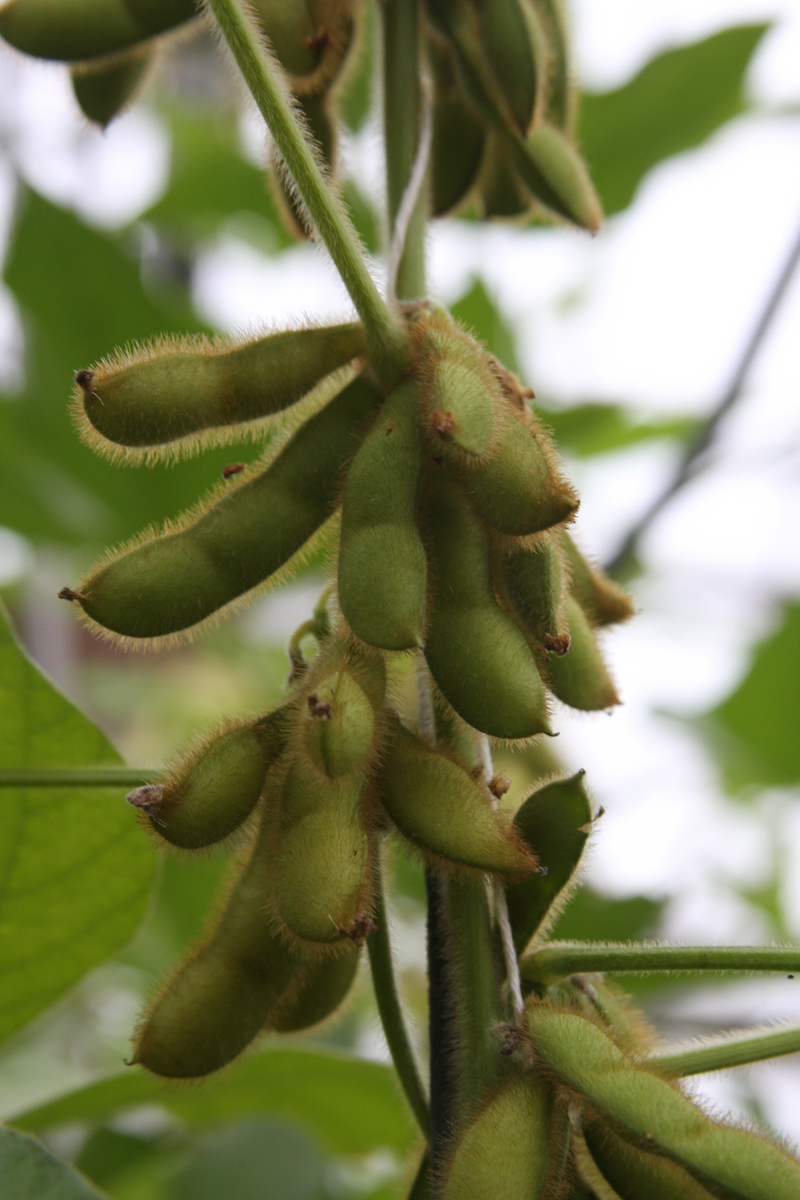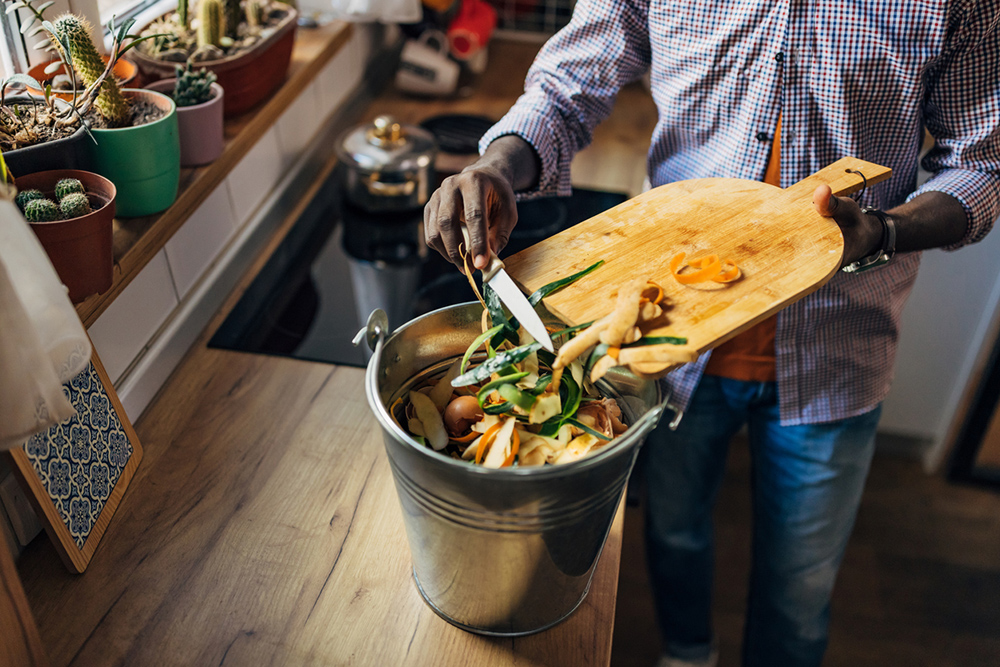 CAES News
CAES News
Composting 101
In this episode of Cultivating Curiosity, we dive into the science behind composting with two University of Georgia Cooperative Extension experts — what composting is, why it matters and how you can start doing it right at home. Whether you’re new to composting or looking to improve your bin game, this episode breaks down the basics, offers beginner-friendly tips and shares the real-life benefits of turning your food scraps into nutrient-rich soil. Plus, learn how composting can save you money and help the planet, one banana peel at a time.



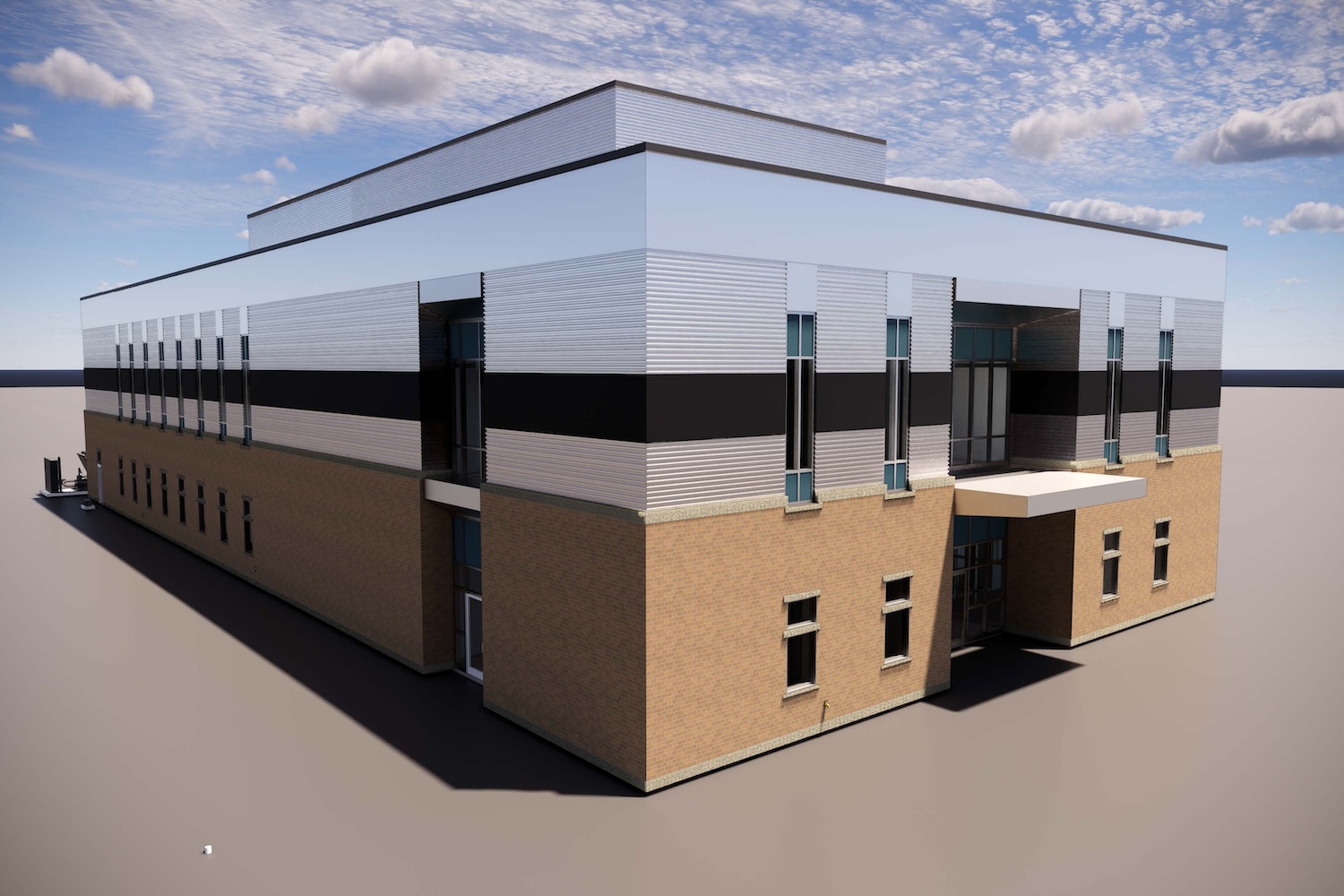
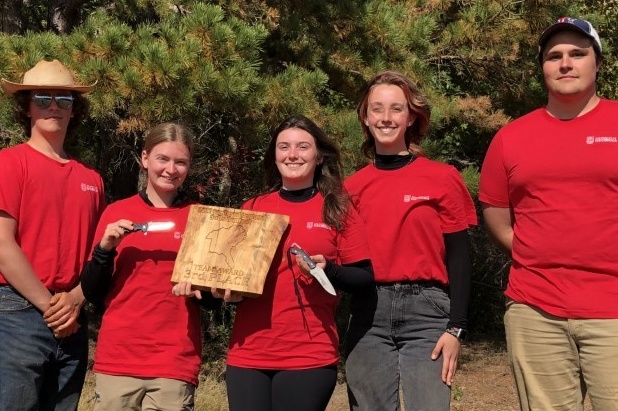
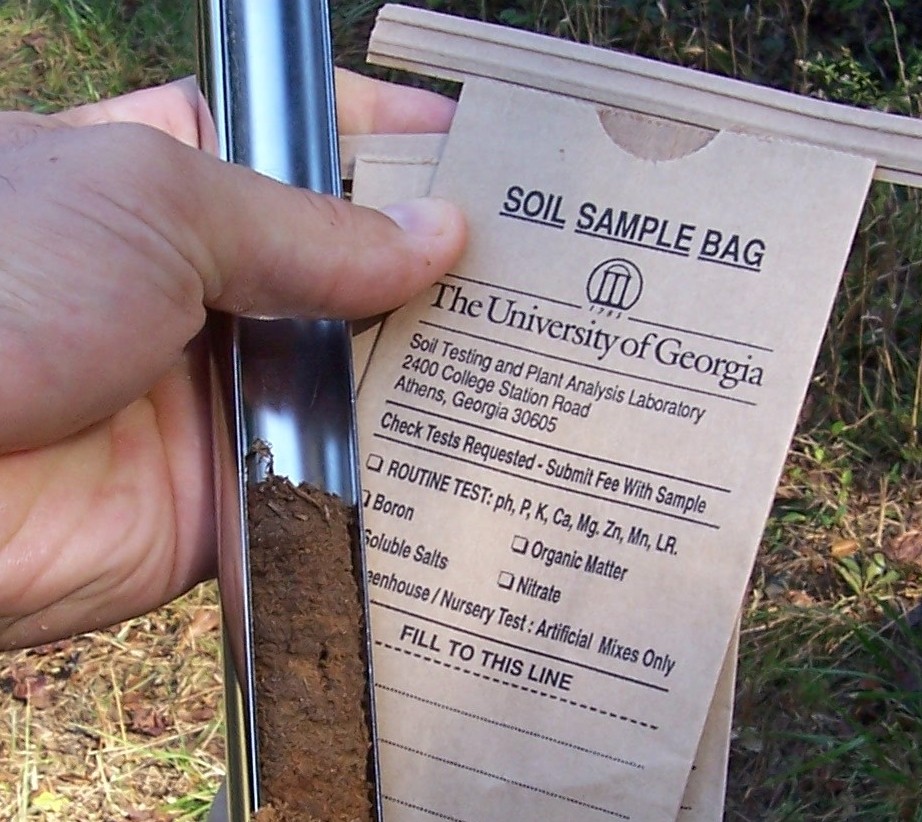
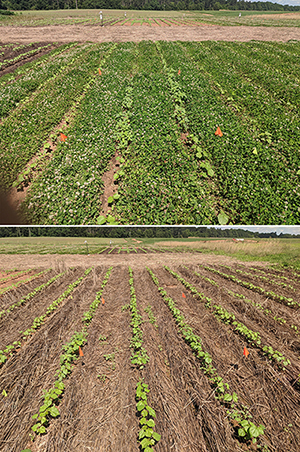
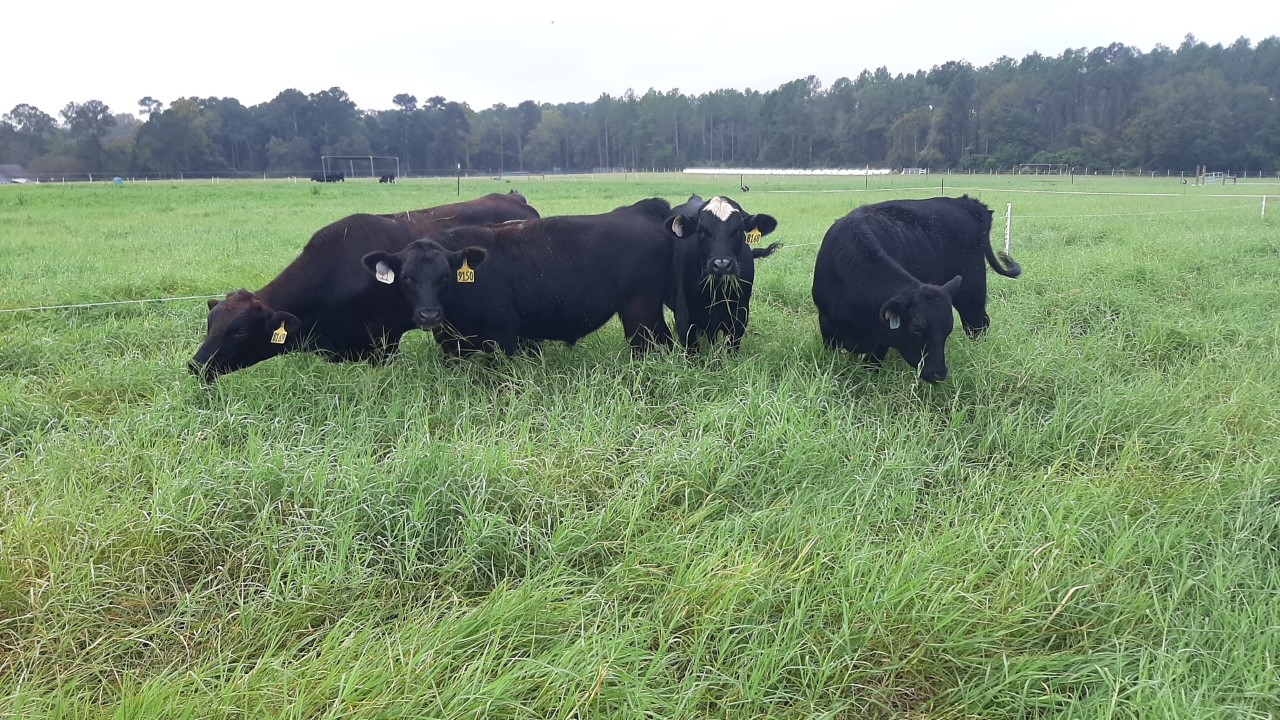
.jpg)
